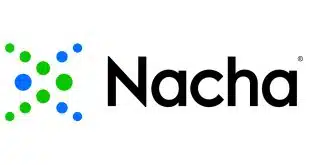Rental payments are the top use case by far on the Zelle person-to-person payments network, according to the chief executive of Zelle provider Early Warning Services LLC.
“From an end-user use-case perspective, far and away the No. 1 use case for Zelle right now is actually a rent payment,” Albert Ko said Tuesday, though he didn’t give specific figures. “We actually didn’t expect that; we knew it would be in the top 5, but we didn’t expect it to be the runaway No. 1.”
Zelle has reported it is attracting more types of smaller payments, but rent still tops the list. The reason for that is simple, according to Ko, a panelist at the Federal Reserve Bank of Chicago’s annual payments conference, which concluded today. Rental payments are usually a household’s biggest or second-biggest monthly expense, and checks still dominate the niche, he said. “There’s a lot of friction there…there’s a strong incentive for that payment to go out literally last minute.” With Zelle, “the landlord gets it instantly,” he said.

But since rental payments can be sizable, tenants sometimes do have hassles with Zelle. In some cities the rent payment can bump into Zelle’s transaction limits, which are set by the consumer’s bank or credit union. In the expensive San Francisco Bay area, tenants sometimes make two or three Zelle transactions to pay the full amount, said Ko in response to questioning from a conference attendee about transaction limits.
The purpose of such caps is to limit a financial institution’s fraud exposure, but better technology for predicting and detecting risk has spurred many banks and credit unions to raise transaction limits for other electronic services such as mobile deposits. “I totally agree there’s an opportunity to re-look at limits,” said Ko. “I acknowledge that limits can be very onerous for a lot of use cases, particularly in small business where they need to start to talk about bigger dollar volumes.”
Scottsdale, Ariz.-based Early Warning, a fraud-control firm owned by a number of big banks, launched Zelle two years ago as a way to expand the scope of individual banks’ P2P services. Some 600 banks now participate, and Ko predicts thousands of banks and credit unions will be in the Zelle network within a few years. “We’re now at a run rate of doing over a billion transactions and over a quarter trillion dollars worth of dollar volume, and that’s growing at 70% and 50%, respectively, year-over-year,” he said.
Charlotte, N.C.-based Bank of America Corp., the biggest U.S. banking company by deposits, reported Wednesday that it has 8.9 million active Zelle users. BofA customers sent or received 80.8 million Zelle transactions in the third quarter, a 90% increase from 42.5 million a year earlier. Zelle volume totaled $20.8 billion, up 76% year-over-year.
The next cash-and-check-dominated market niche on which Zelle is focusing, according to Ko, is charities and gifting. Ko came to Early Warning five months ago after 13 years at Intuit Inc., where he held various leadership posts in the accounting software provider’s small-business and Mint personal-finance units.



